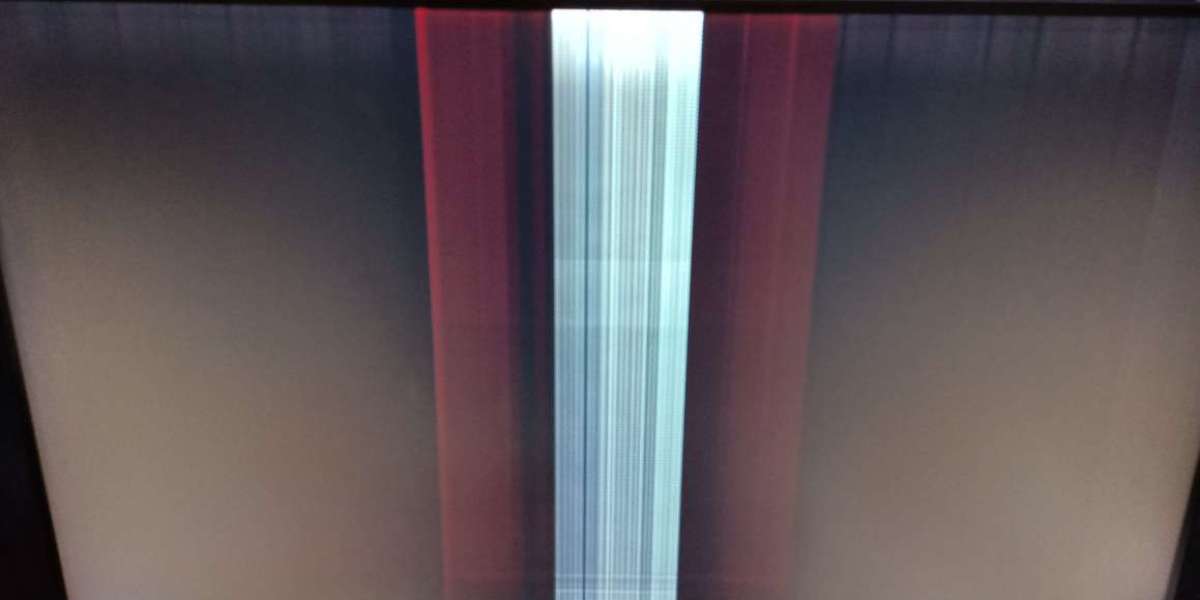Customized Fiber Optic PLC Splitter Product Introduction FBT splitter is based on traditional technology to weld several fibers together from the side of the fiber. Fibers are aligned by heating for a specific location and length. Because the fused fibers are very fragile, they are protected by a glass tube made of epoxy and silica powder. And then a stainless steel tube covers the inner glass tube and is sealed by silicon. As technology continues developing, the quality of FBT splitter is very good and it can be applied in a cost-effective way. The following table shows the advantages and disadvantages of FBT splitter. Specification Package StyleFBTConfiguration Type1*2 Fiber GradeG.657A1Fiber ModeSinglemode Connector TypeSC/APCSplit Ratio50/50 Input/Output Fiber Diameter900渭mInput/Output Fiber Length1.5m Insertion Loss鈮?4.0dBReturn Loss鈮?55dB Loss Uniformity鈮?0.4dBDirectivity鈮?5 dB Polarization Dependent Loss鈮?0.2dBTemperature Dependent Loss鈮?0.5dB Wavelength Dependent Loss鈮?0.3dBOperating Bandwidth1260~1650nm TemperatureOperating -40 to 85掳C (-40 to 185掳F) Storage -40 to 85掳C (-40 to 185掳F) FBT Splitter vs plc splitter:what are the differences? 1. Operating Wavelength FBT splitter only supports three wavelengths: 850nm, 1310nm, and 1550nm, which makes its inability to work on other wavelengths. The PLC splitter can support wavelengths from 1260 to 1650nm. The adjustable range of wavelength makes PLC splitter suitable for more applications. 2. Splitting Ratio Splitting ratio is decided by the inputs and outputs of an optical cable splitter. The maximum split ratio of FBT splitter is up to 1:32, which means one or two inputs can be split into an output maximum of 32 fibers at a time. However, the split ratio of PLC splitter is up to 1:64 - one or two inputs with an output maximum of 64 fibers. Besides, FBT splitter is customizable, and the special types are 1:3, 1:7, 1:11, etc. But PLC splitter is non-customizable, and it has only standard versions like 1:2, 1:4, 1:8, 1:16, 1:32, and so on 3. Asymmetric Attenuation Per Branch The signal processed by FBT splitters cannot be split evenly due to a lack of management of the signals, so its transmission distance can be affected. However, PLC splitter can support equal splitter ratios for all branches, which can ensure a more stable optical transmission. 4. Failure Rate FBT splitter is typically used for networks requiring the splitter configuration of less than 4 splits. The larger the split, the greater the failure rate. When its splitting ratio is larger than 1:8, more errors will occur and cause a higher failure rate. Thus, FBT splitter is more restricted to the number of splits in one coupling. But the failure rate of PLC splitter is much smaller. 5. Temperature-Dependent Loss In certain areas, the temperature can be a crucial factor that affects the insertion loss of optical components. FBT splitter can work stable under the temperature of -5 to 75鈩? PLC splitter can work at a wider temperature range of -40 to 85 鈩? providing relatively good performance in the areas of extreme climate. 6. Price Owing to the complicated manufacturing technology of PLC splitter, its cost is generally higher than the FBT splitter. If your application is simple and short of funds, FBT splitter can provides a cost-effective solution. Conclusion Although the outer appearance and size of FBT and PLC fiber splitter seem rather similar, their internal technologies and specifications differ in various ways. Over the past few years, splitter technology has made a huge step forward in the past few years by introducing PLC splitter. It has proven itself as a higher reliable type of device compared to the traditional FBT splitter. If high split counts, small package size, and low insertion loss are required, you are suggested to choose PLC splitter rather than FBT splitter.Customized Fiber Optic PLC Splitter website:http://www.opticalfiberconnector.com/fiber-optic-plc-splitter/
Søg
Populære opslag







